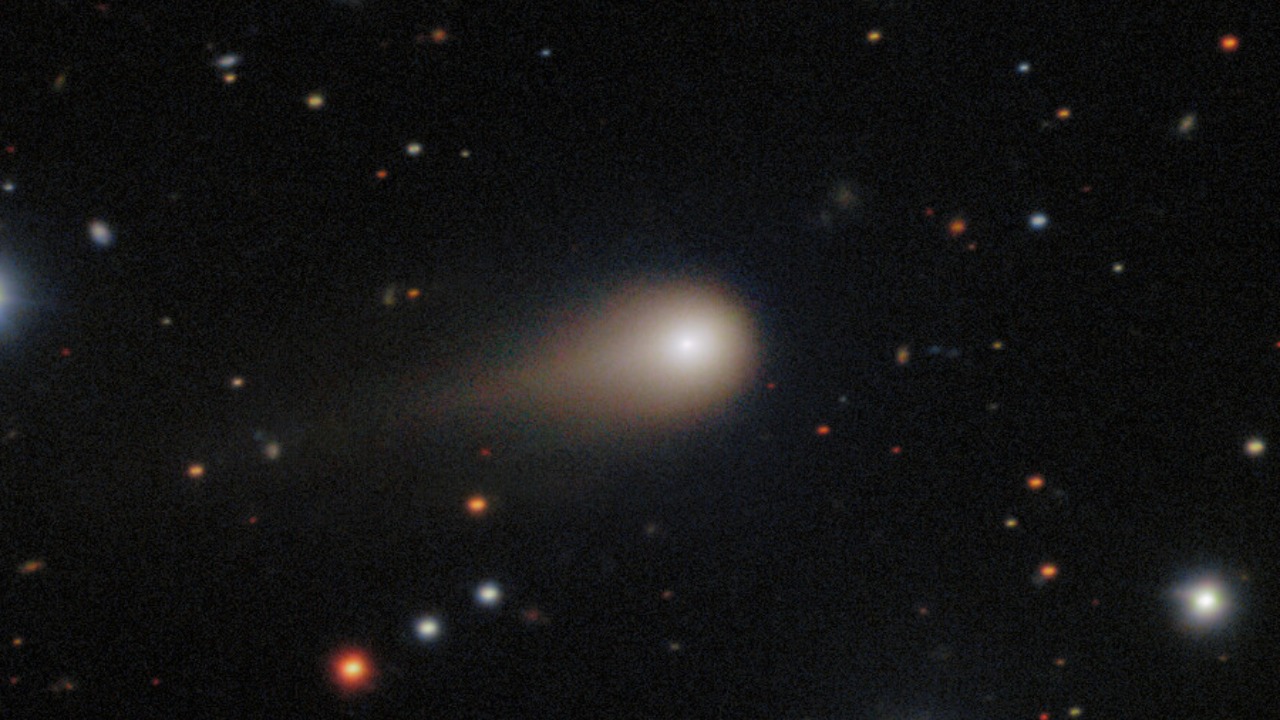
The intriguing celestial object known as 3I/ATLAS has sparked debate over whether it is a natural comet or alien technology. Recent reports have consistently debunked the alien hypothesis, reaffirming its status as a comet. The object, discovered in our solar system, has been compared to Oumuamua, another interstellar visitor, but current scientific consensus leans towards natural explanations (ExplorersWeb; ORF Online).
The Nature of 3I/ATLAS
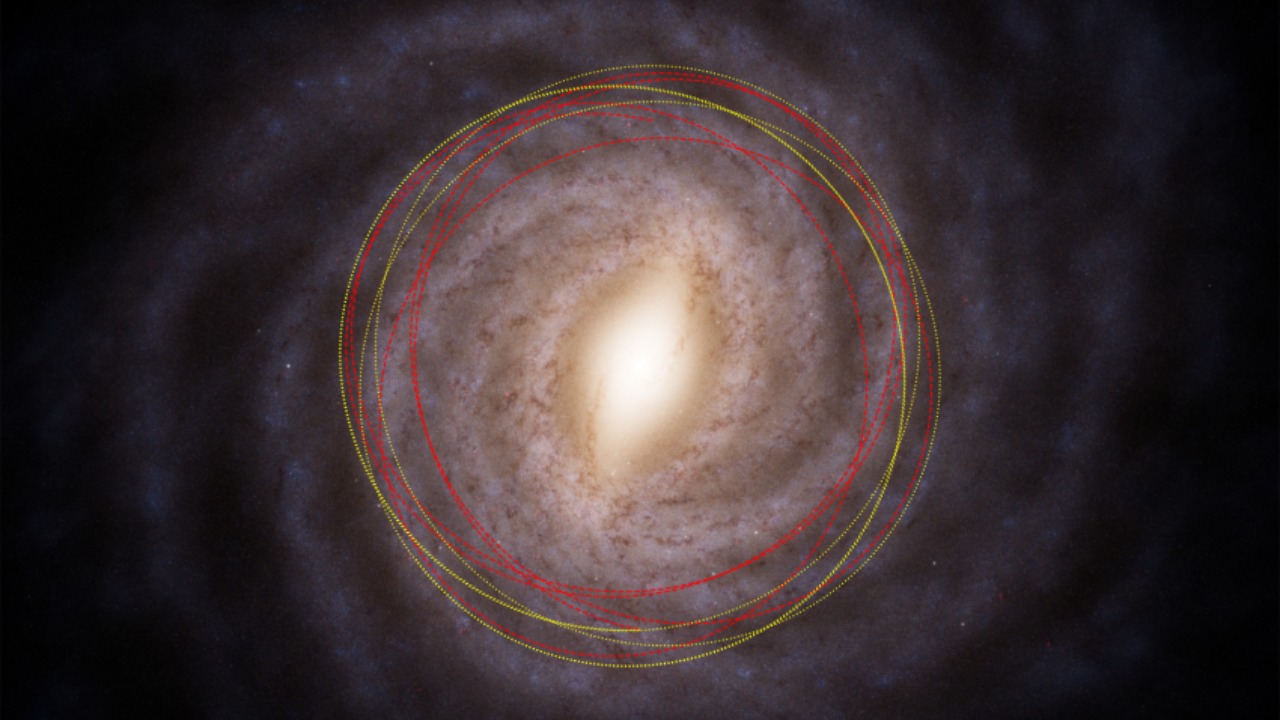
3I/ATLAS has been identified as a comet, not alien technology, based on its composition and trajectory. The analysis of 3I/ATLAS has shown typical cometary features such as an icy composition and a predictable orbit, which align with known comet behavior (ExplorersWeb). This conclusion is supported by observations that reveal its icy nature, a hallmark of comets, and its trajectory, which follows a path consistent with other known comets (Patriot Ledger).
Despite the allure of extraterrestrial theories, the scientific community has largely dismissed the notion of 3I/ATLAS being alien technology. The evidence points to it being a natural object, with its characteristics fitting well within the established understanding of cometary bodies. The comet’s behavior and composition have been thoroughly analyzed, reinforcing the view that it is a typical comet rather than an alien artifact.
Comparisons to Oumuamua
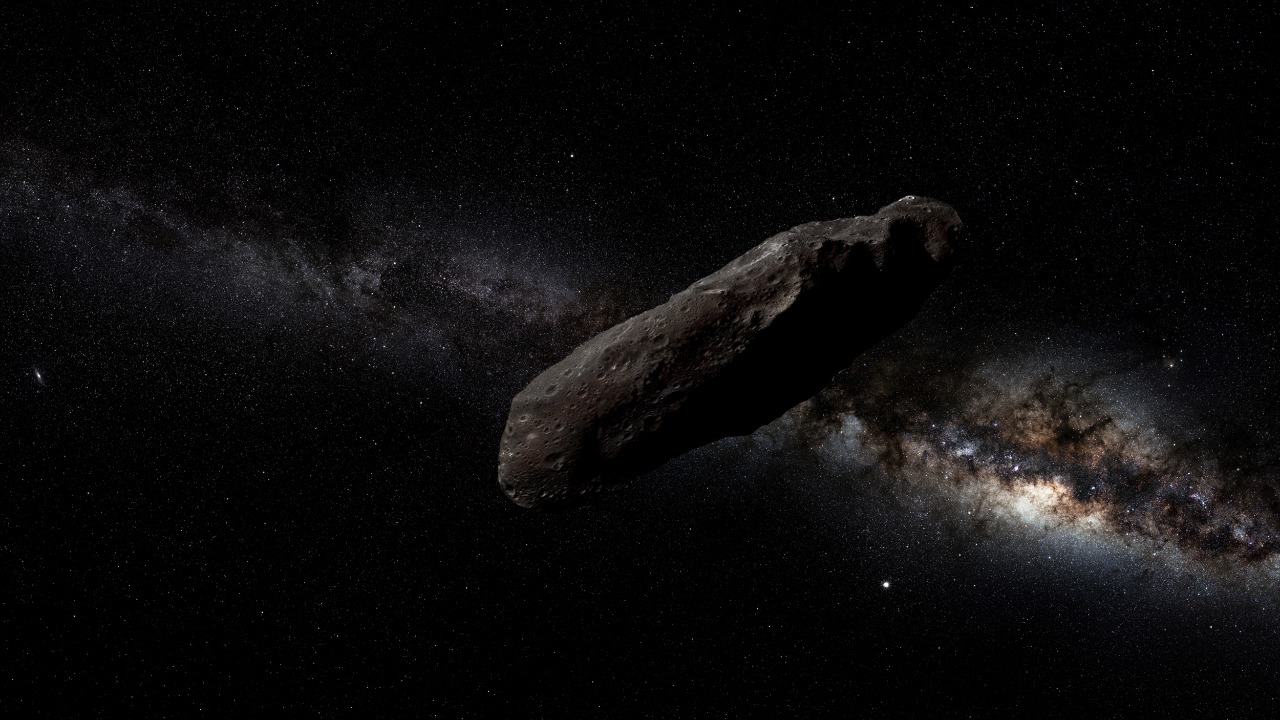
Both 3I/ATLAS and Oumuamua have been subjects of speculation regarding alien origins due to their interstellar nature. Oumuamua, the first known interstellar object to pass through our solar system, initially sparked theories of alien technology due to its unusual shape and acceleration. However, subsequent studies have largely concluded that Oumuamua is a natural object, likely a fragment of a larger body from another star system (ORF Online).
This precedent set by Oumuamua has influenced the understanding of 3I/ATLAS. The similarities in their interstellar origins have led scientists to apply the same natural explanations to 3I/ATLAS. The scientific consensus now views both objects as natural phenomena, with their unusual characteristics being attributed to their origins outside our solar system rather than to alien technology.
Misinterpretations and Speculations
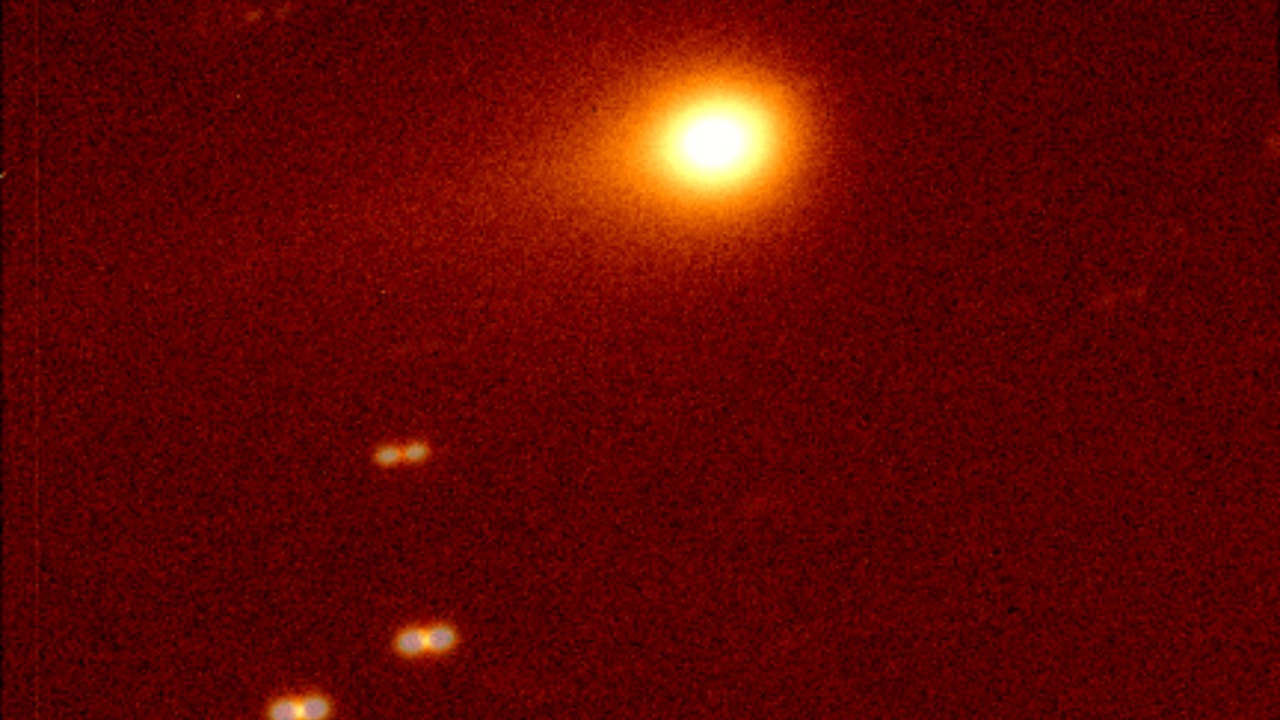
Some reports have listed speculative clues suggesting 3I/ATLAS might be alien technology, such as unusual speed or trajectory anomalies. These claims, however, are often contradicted by scientific evidence emphasizing natural explanations and typical comet behavior (WION News). The allure of alien theories often stems from the object’s interstellar nature, which can lead to misinterpretations of its behavior.
Despite these speculations, the scientific community continues to rely on evidence-based analysis. The observed characteristics of 3I/ATLAS, such as its composition and orbit, align with those of known comets, providing a natural explanation for its presence in our solar system. This approach underscores the importance of scientific rigor in distinguishing between natural phenomena and speculative theories (Science Alert).
In addition to the claims of unusual speed and trajectory, some speculators have pointed to the object’s brightness and its changes in luminosity as potential indicators of artificial origin. However, these variations can be explained by natural processes such as the sublimation of ice and the release of gas and dust as the comet approaches the Sun. These processes are well-documented in cometary science and do not necessarily imply any technological manipulation (WION News).
Furthermore, the public’s fascination with the possibility of alien technology often overshadows the rigorous scientific methods used to study such objects. The scientific community employs advanced telescopic observations and computer modeling to understand the dynamics of interstellar objects like 3I/ATLAS. These methods have consistently shown that the object’s behavior is consistent with natural cometary activity, reinforcing the importance of relying on empirical evidence rather than speculative theories. This approach not only helps clarify the nature of 3I/ATLAS but also contributes to a broader understanding of interstellar phenomena (Science Alert).
Scientific Consensus
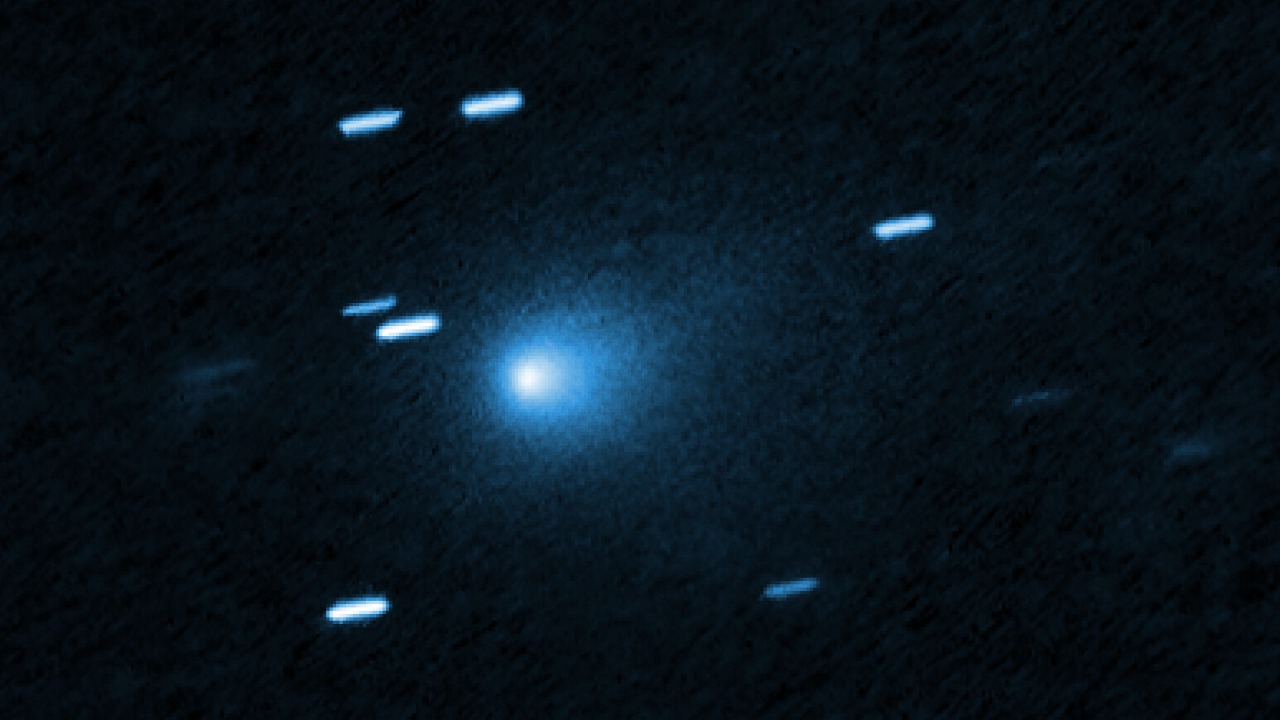
The scientific community largely agrees that 3I/ATLAS is not alien technology, reinforcing the view with data from multiple observations and studies. Ongoing research and observations continue to support the conclusion that 3I/ATLAS is a natural interstellar comet (ExplorersWeb). This consensus is based on a comprehensive analysis of the object’s characteristics, which align with those of other known comets.
As more data becomes available, scientists remain committed to understanding the nature of interstellar objects like 3I/ATLAS. The continued study of such objects not only enhances our knowledge of the cosmos but also helps dispel myths and misconceptions about their origins. The case of 3I/ATLAS serves as a reminder of the importance of scientific inquiry in unraveling the mysteries of the universe (Patriot Ledger).